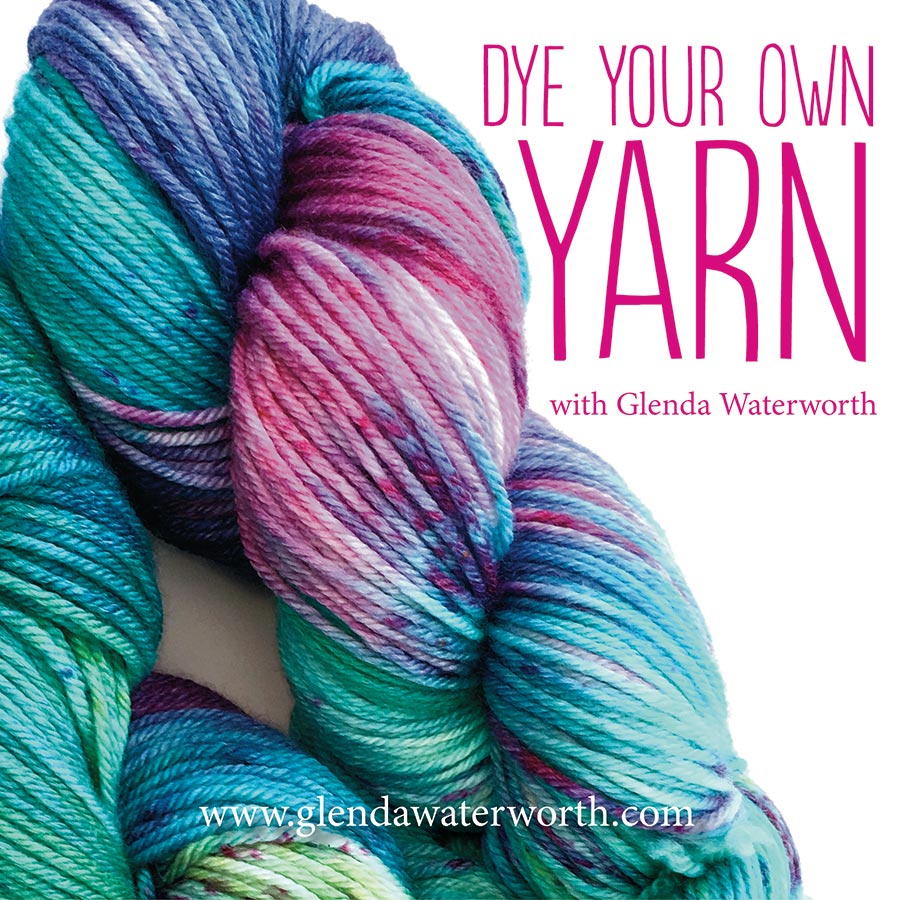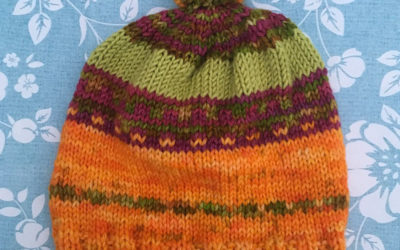
Quirky Paintbrush is coming back with a new name


Workshops
If you’d like to take a half day or full day’s dyeing workshop with me, please take a look at the classes I offer on my main website, www.glendawaterworth.com.
Stories from the Quirky Paintbrush archive
The accidental green cardigan
A dye commission that went wrong resulted in a beautiful shade of green and a year later, a fabulous cardigan.
A farewell to yarns
It’s time to close the doors on the yarn dyeing business.
Ravelry Pattern Search
How to search for patterns on Ravelry, the world’s largest online knitting and crochet pattern resource.
Contact Me
If you have any questions, or you just want to say hello, feel free to message me. I will get back to you as soon as I can.
I am happy to dye to order if you want a garment quantity of yarn, a custom silk scarf or an existing item overdyed.
You can also find me on social media.
Click here to read my privacy policy for details of how we collect and manage your data.
Aftercare notes for items made with hand dyed yarn
To get the most from your garments made from hand dyed yarn, please note the following:
Don’t leave lying around in bright sunlight
Although the dyes I use are lightfast, UV light from that giant ball of burning helium in the sky will fade pretty much anything over time.
Don’t wash wool in very hot water
Wool responds best to a warm wash with very little agitation. Superwash wool can handle a fair bit of swishing around, but non-superwash wools (eg, organic) still have all their scales intact and are just looking for an excuse to lock together to make felt. Scales on alpaca are smaller than wool, but given enough hot soapy water and agitation, it too can felt.
Don’t ‘shock’ wool
Switching from hot water to cold is one of the techniques used in felting, so unless you want to deliberately felt a non superwash wool or knitted/crocheted project, always keep that water at a consistent lukewarm temperature.
Superwash wool has been pre-treated to minimise the risk of felting and can be machine washed on a gentle wool cycle. Personally, I always hand wash – if I’ve spent that much time crocheting something, I’m not going to risk it!
Don’t wring it out too hard
I never use the machine for my hand made items and prefer to treat them to a gentle soak in lukewarm soapy water, usually in the bathroom sink. I don’t agitate it as that can abrade the fibres and cause pilling. I let the water drain, then gently roll up the wet item and press it flat against the side of the sink to get the bulk of the water out, so I can hold it while filling the sink again to rinse. I never let running water hit the item either. After a couple of rinses, I’ll press the bulk of the water out, then lay the item on a clean towel, roll up the towel to let it absorb some of the water, then dry the item flat.
Bleeding Dyes
I do all the right things to fix the dyes and create a permanent bond between dye molecules and the fibre I am working with. I wash everything and nothing leaves the studio until the rinse water runs completely clear. However, when you wash an item, there are variables at play that could change things. Water varies in acidity and hardness and certain soaps and washing powders contain enzymes which can affect dyes in different ways. The first time you wash an item, these differences could cause a tiny bit of colour to leach out (particularly if you have the water too hot), but it should be very minor if it happens at all.
If you are planning a project mixing strong colours with pale ones, then I strongly recommend that you make a swatch using all yarns involved and wash it to check everything is colourfast before you begin.
Silk is special
Silk scarves can handle a slightly higher temperature than wool, but if the water is too hot, it can cause silk to loose its lustre. You don’t have the risk of felting with silk, so a little gentle agitation and squeezing out the excess water when washing is fine.




